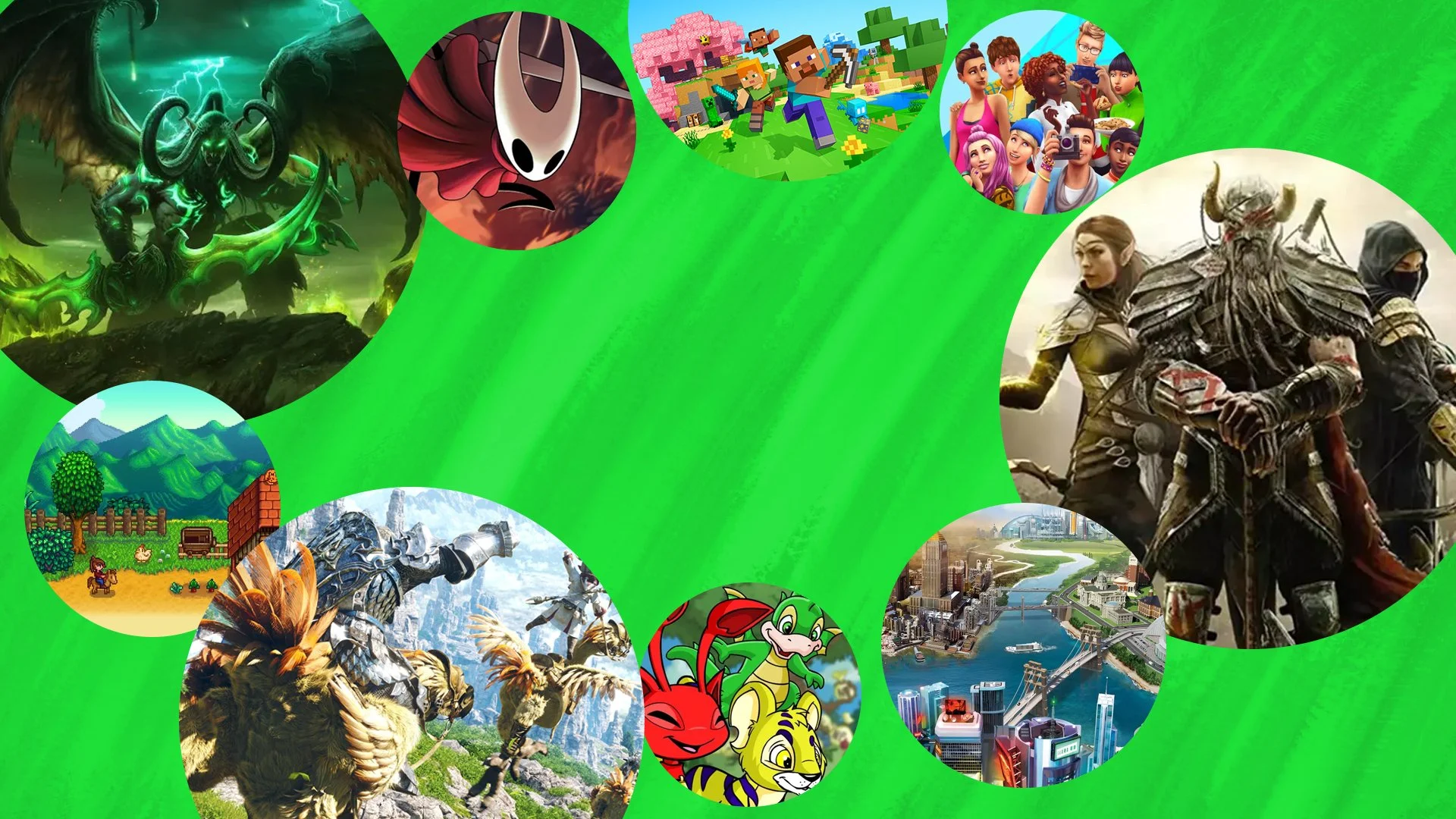Interview with Game Master JP Dyson

Recently, the National Film and Sound Archive in Canberra opened up the Game Masters exhbit, the one that started in Melbourne and then toured the world. As part of the celebrations, there were plenty of guests from around both the country and the world invited and one such guest was JP Dyson.
JP is the Vice President of the National Museum of Play in New York, a space dedicated to encouraging kids, of all ages, to play, but also the home of the World Video Game Hall of Fame, with titles like Halo: Combat Evolved, The Oregon Trail and World of Warcraft inducted into it. You can read more about the current games here, but I had the chance to ask JP some questions, about how they even begin to make a list and how they deal with people’s reactions, plus a host more, check it out.
Maxi-Geek: The Museum of Play has started to identify games that it considers to be, among other things, iconic. Can you describe a little of how that process begins?
JP Dyson: We ask ourselves the question what does it mean to preserve video game history in such a way that people 100 years from now will be able to understand what video games were like in a certain era, why they were important, and what impact they had on people’s lives. To try and answer those sorts of questions means that we need to think about what physical or digital object will best help people today and in the future understand the significance of video game. That means we might collect a copy of the game itself or perhaps something else that documents how it was made or played.
MG: Have you had any of your personal favourites, added to the short list of inclusions?
JP: I will say there are certain games, or types of games, that I’m always excited to include. For example, I first started playing games in arcades but also on mainframe and early personal computers (they were called microcomputers then) many decades ago, and I think the importance of early computer games is often underappreciated in establishing key genres and style of play. More attention is usually given to arcade and console games in the popular imagination. So if there’s a chance to preserve materials related to early computer games like text-based adventures I’m in big proponent, probably for personal as well as professional reasons.
MG: With something as potentially controversial as a Hall of Fame, how do you manage expectations of the public?
JP: Every time we nominate games to the World Video Game Hall of Fame there are people who are vocal about their disagreements with the games we’ve nominated and the games we’ve left out! That’s usually amplified when the actual inductees are announced. We use four key criteria: icon-status, influence, geographical reach, and longevity. Once we explain those criteria people usually respect the ultimate inductees that are chosen in partnership with an international selection advisory committee of journalists and academics. Still, certain games tend to evoke strong reactions. This is true for games that are historically important but less well known to the general public (like Colossal Cave Adventure that was inducted in 2019). The most vociferous comments tend to revolve around popular casual games. For example, there were many passionate arguments pro and con when we nominated Candy Crush. It has not yet entered the World Video Game Hall of Fame, but I think a strong argument can be made for its inclusion given the four criteria. Microsoft Solitaire did get inducted, and it too elicited strong passions, but when people thought about it in light of the criteria most people thought it was well-deserving.
MG: There are a number of parts that the Museum covers, including physical toys. Is there any particular program or piece that you are happy to have included?
JP: Because we are a museum about play generally, I always find particularly interesting the question of how play is the same or different across different play forms. For example, how is playing with a dollhouse similar or different than playing The Sims? How does playing a first-person shooter compare to playing with squirt guns or cops and robbers outside? Those cross-generational and cross-play comparisons are what motivated us to create our Original Mobile Games in which we ported old dexterity ball-rolling games going back to the 1880s to iOS, Android, and the Nintendo Switch. We wanted to explore how the same play experience might exist across different analog and digital play platforms across time.
MG: The Museum of Play is based in New York and now we have the Game Masters exhibit back in Australia. Do you envision more countries taking notice of the videogame world and giving it more recognition as art, like museums do for paintings, sculptures and the like?
JP: Yes! Video games are such a transformative, ubiquitous part of modern life that I think it is inevitable that more and more institutions study it and celebrate it
MG: The collection is comprised of a lot of classic titles, but if you had to pick one or two from the past few years to include, which would make the short list?
JP: I would probably refer back to our criteria for the World Video Game Hall of Fame: influence, icon-status, geographical reach, and longevity. There are many games in the Indies section of the exhibit that match up well with these criteria, though I’d probably have to put Minecraft up there in terms of recent titles that standout. Ask me tomorrow, however, and I’d likely give you a different answer!
Many thanks to JP for taking the time to answer my questions and if you are keen on seeing the exhibit, you can get all the details, including tickets, right here.





